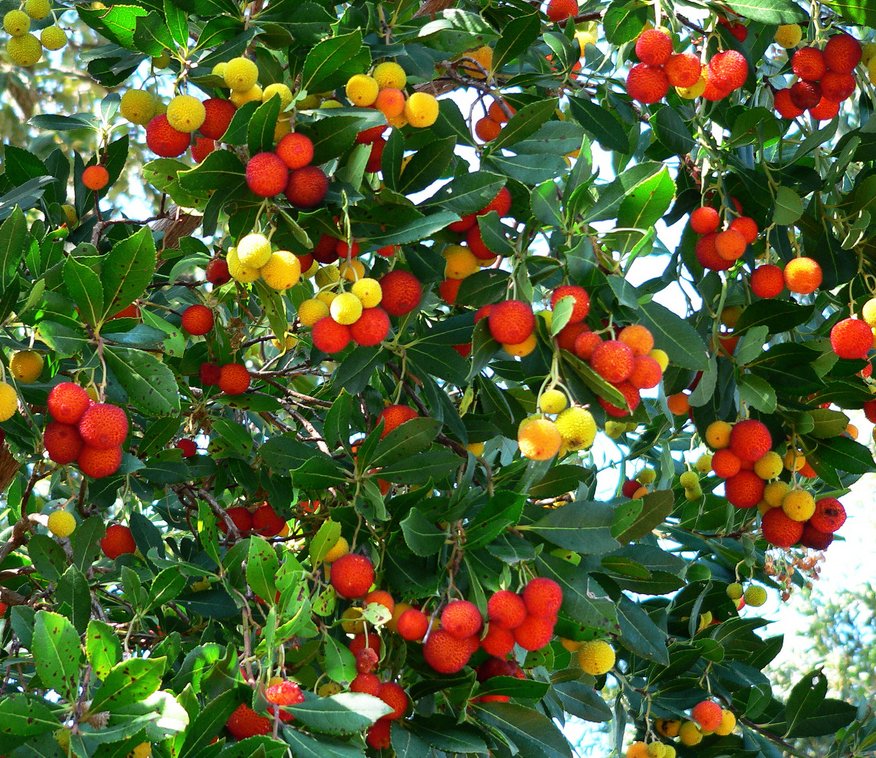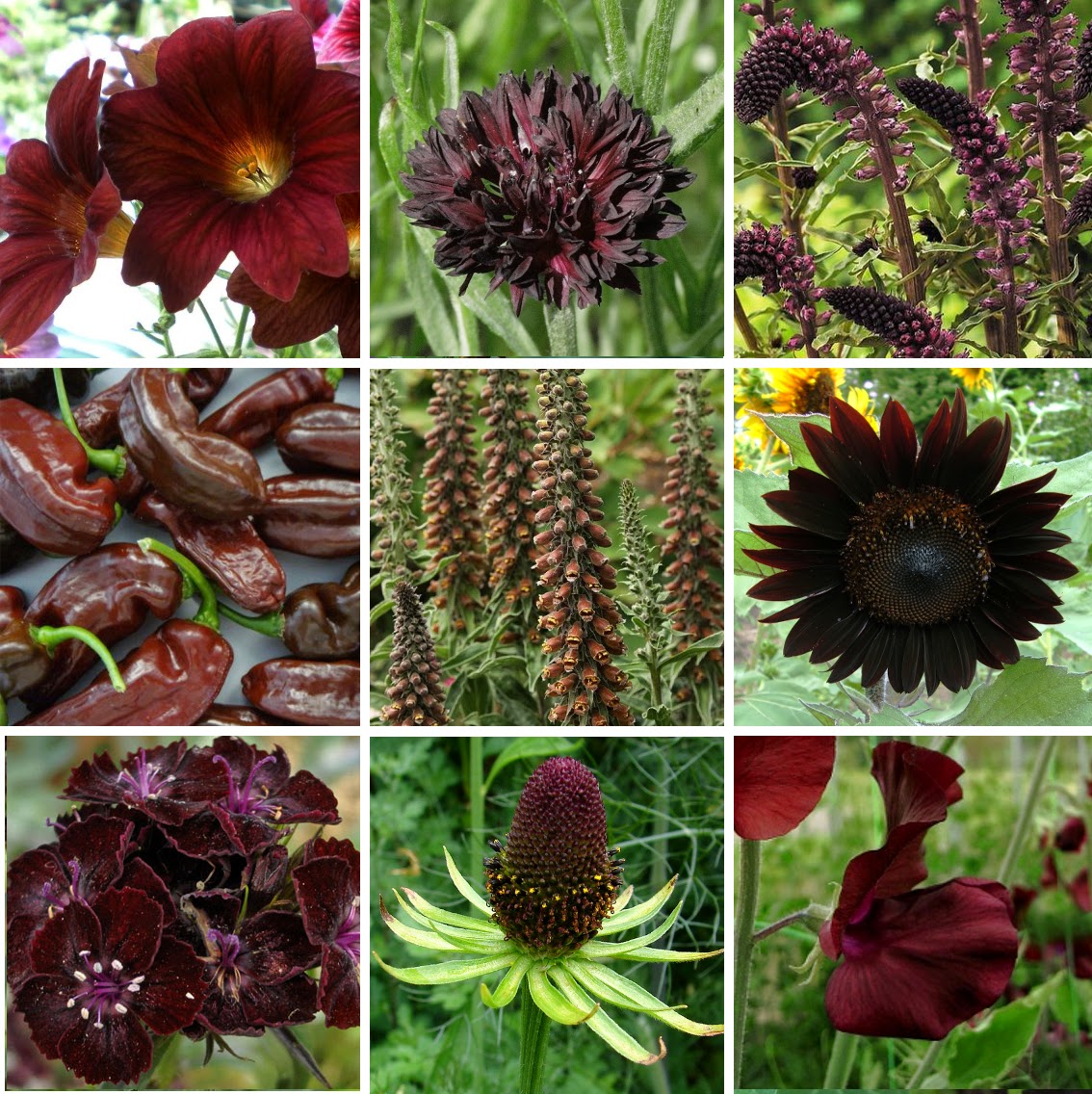 The sights and smells of chocolate plantings add elegance and drama to any display bed, and can be easily replicated in home gardens. From flowering annuals to feathery perennials and fudge-inspired vegetables, plant diversity is the key to a successful
The sights and smells of chocolate plantings add elegance and drama to any display bed, and can be easily replicated in home gardens. From flowering annuals to feathery perennials and fudge-inspired vegetables, plant diversity is the key to a successful
chocolate garden: an assortment of texture, height, and color adds depth and variety.
With respect to color, most chocolate plants are not strictly brown, but instead include shades of red such as burgundy, maroon and mahogany, black, mauve, and metallic shades of bronze and copper. These dark plantings become most vibrant when contrasted with bright colors such as yellow, red, orange, and even silver and gold.
There are all sorts of chocolate colored flowers but they are very rare and difficult to find. Seeds usually are the way to go.
Some varieties used are:
- Korean Angelica
- Black False Hellebore Veratrum
- Chocolate Royale Salpiglossis
- Black Ball Centaurea
- Gooseneck Loosestrife
- Columbine Chocolate Soldier
- Foxglove Milk Chocolate
- Chocolate Sunflower
- Dianthus Sooty
- Rudbeckia Green Wizzard
- Midnight Beaujolais Lathyrus
Vegetables include Chocolate Habaneros, sweet Chocolate Bell Peppers and some Tomato varieties
such as Chocolate Cherry and Black from Tula.
Collections make an unusual visual Gift for the chocolate-loving gardener without a single calorie and will not melt in your hands.







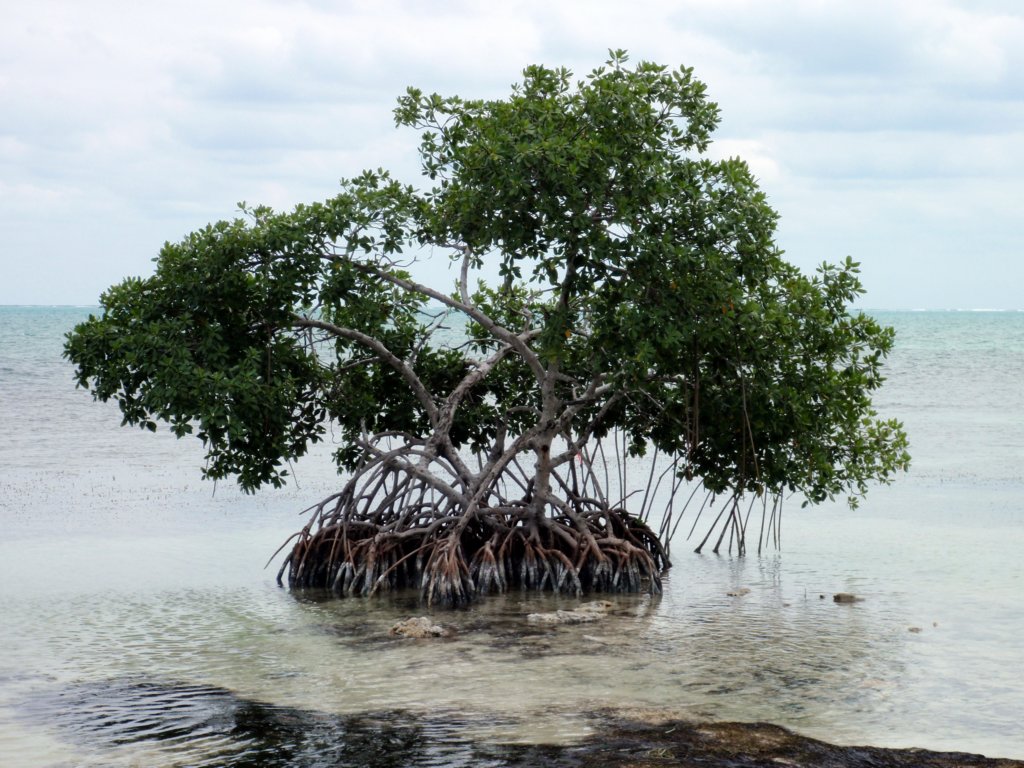


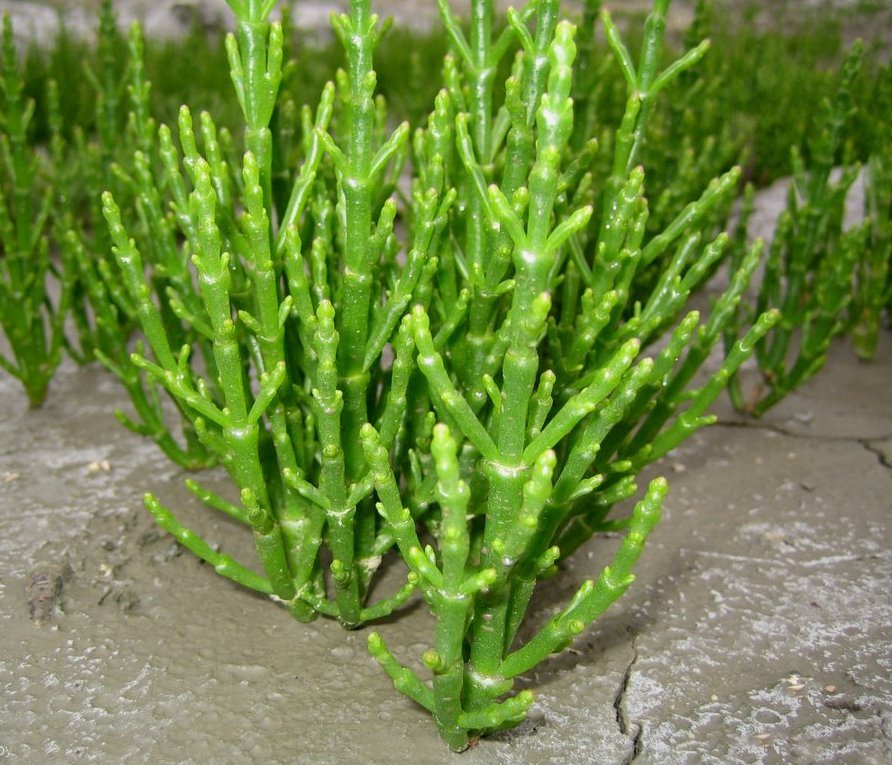




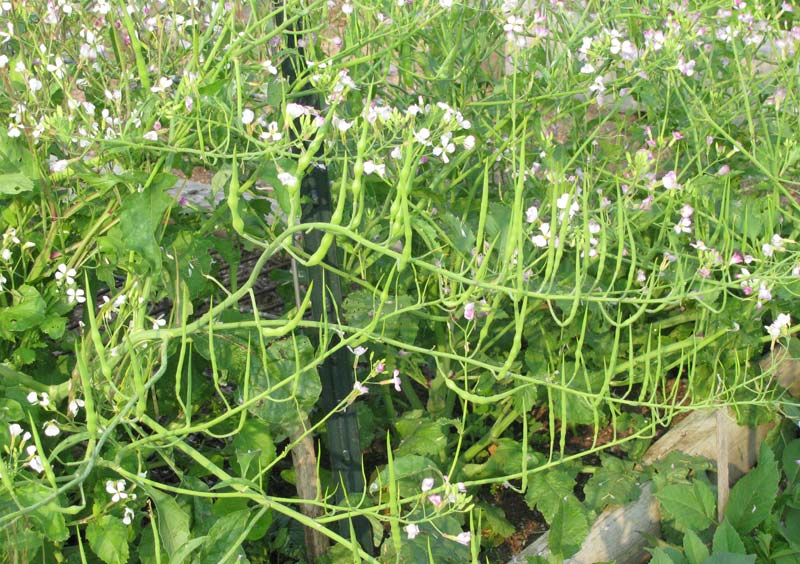


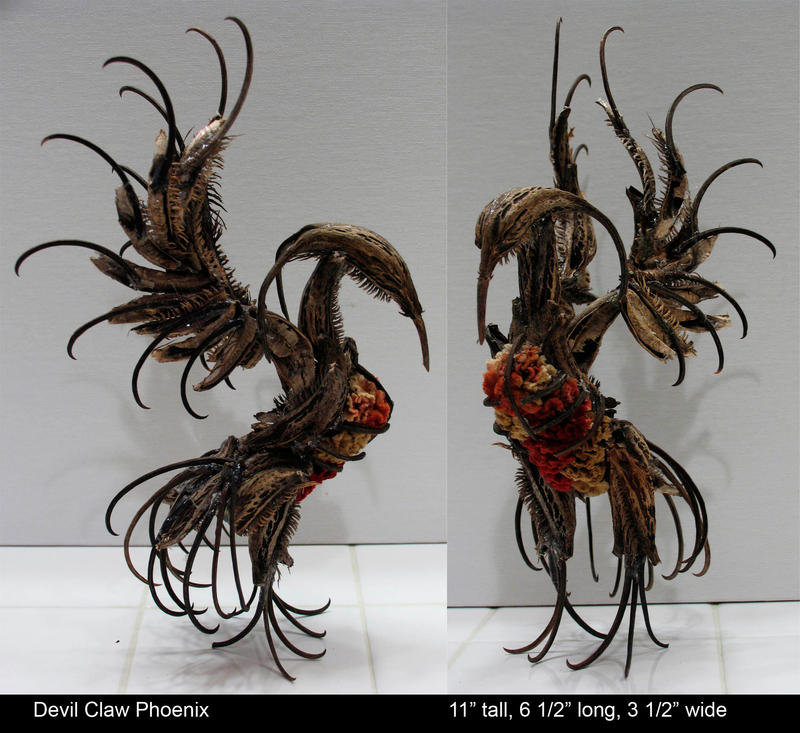
.jpg)
